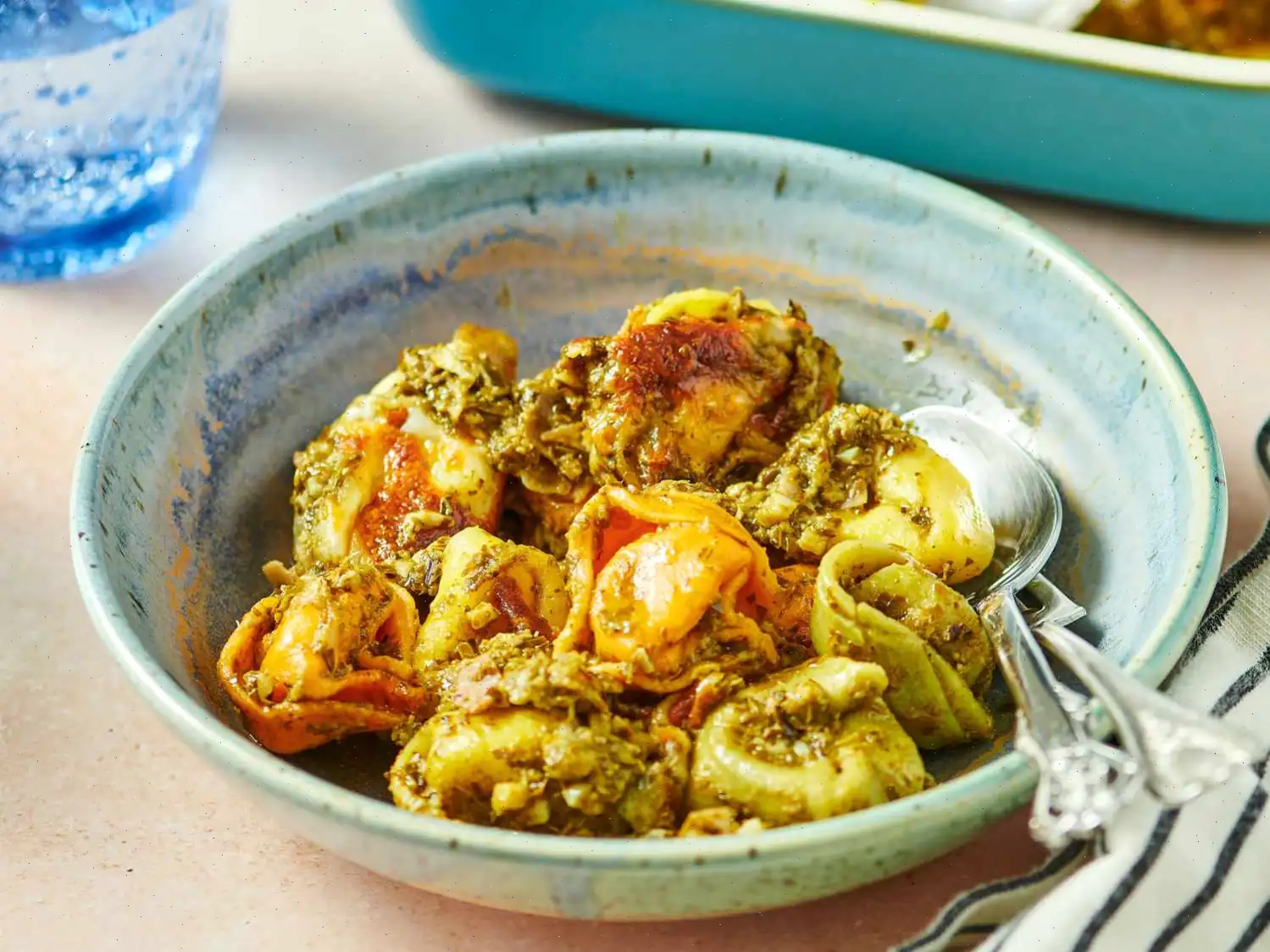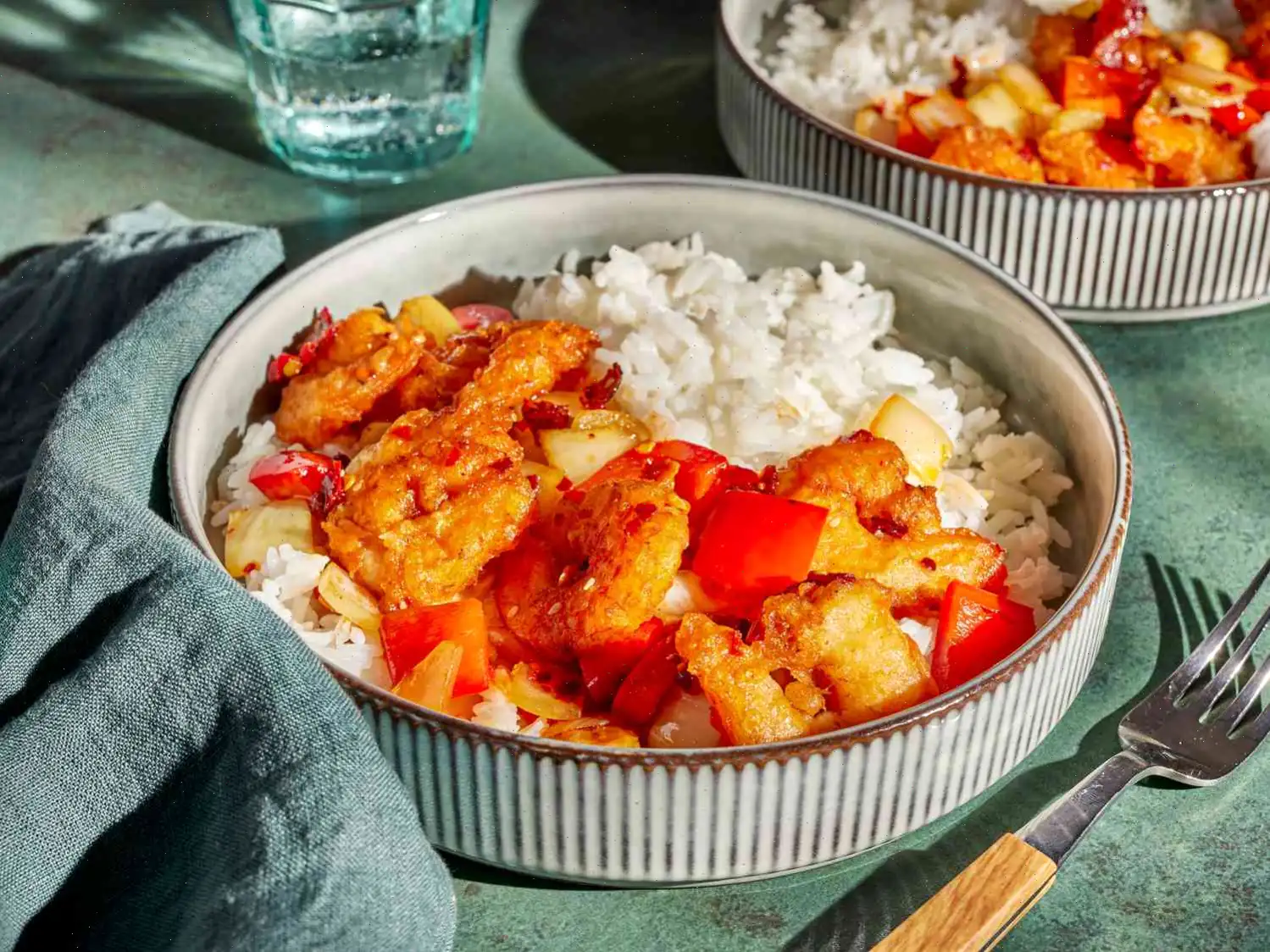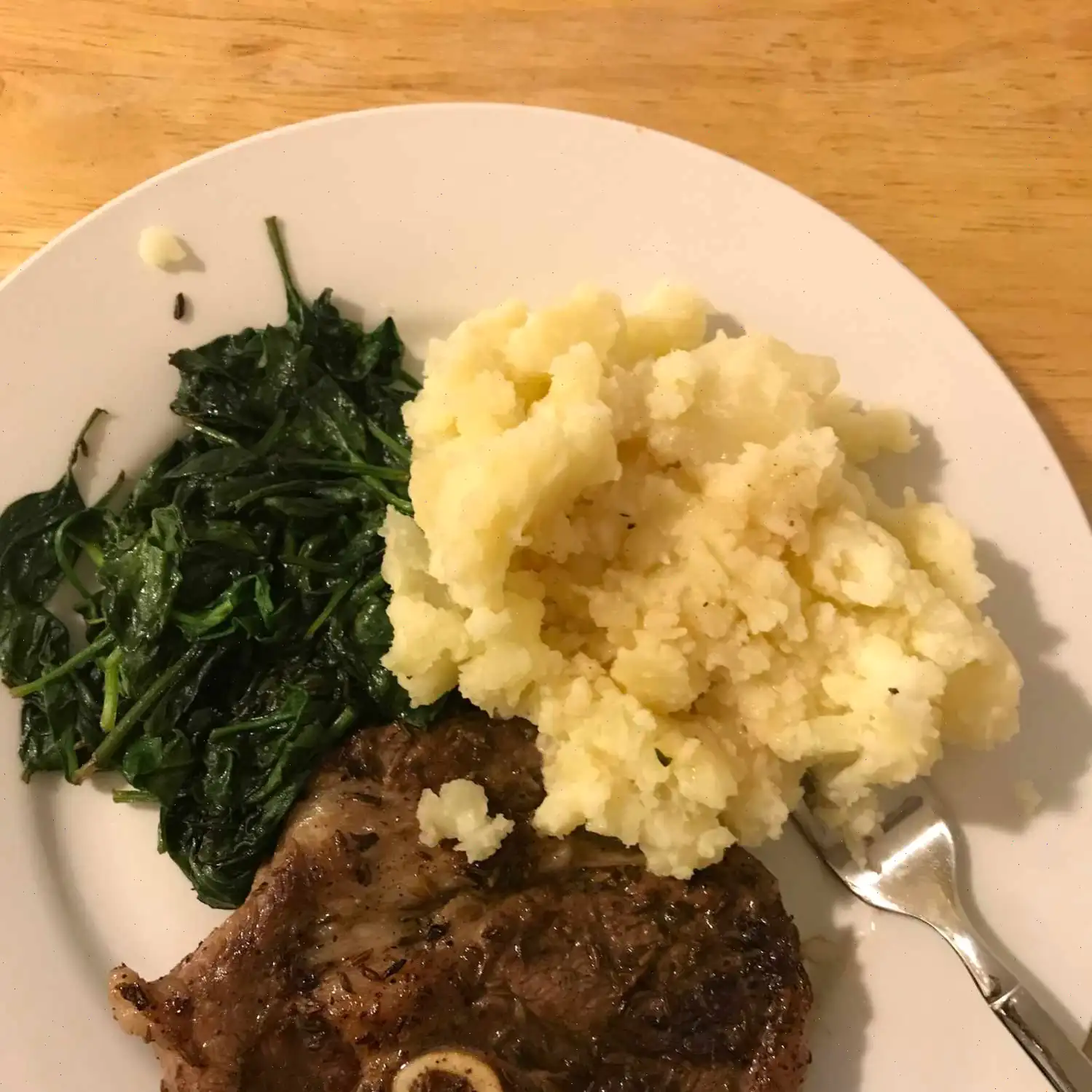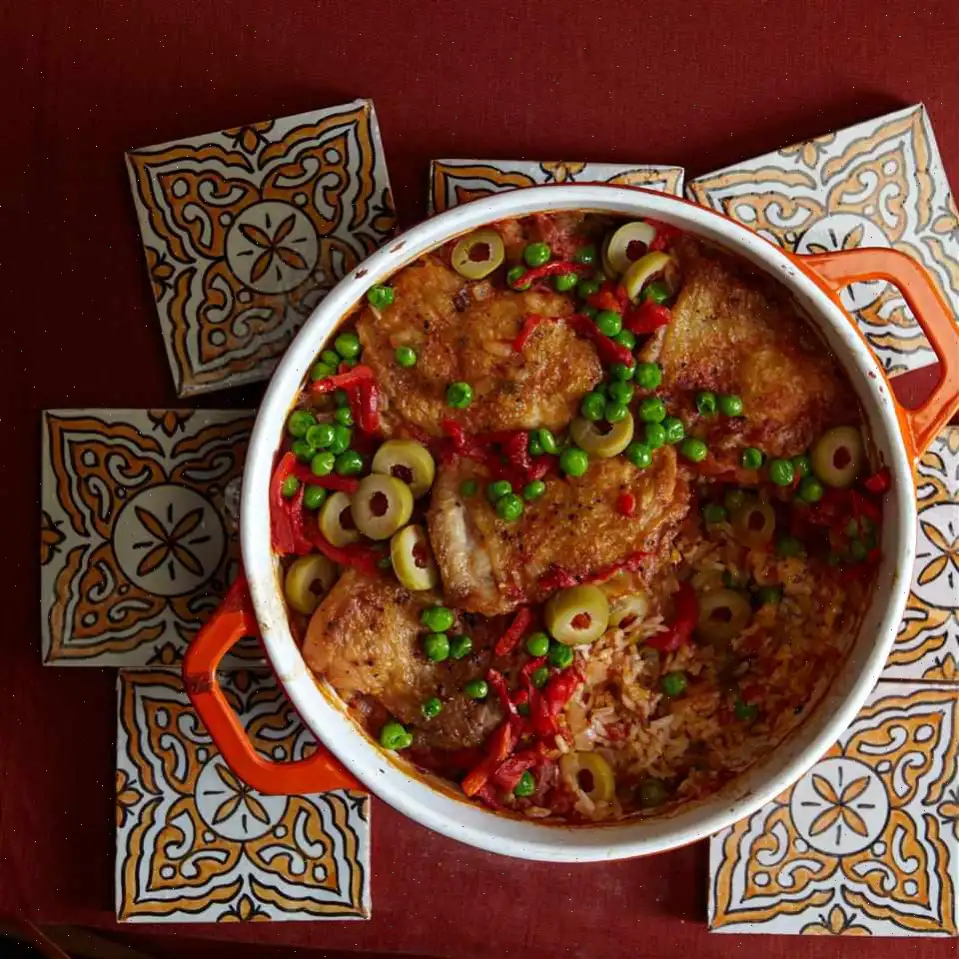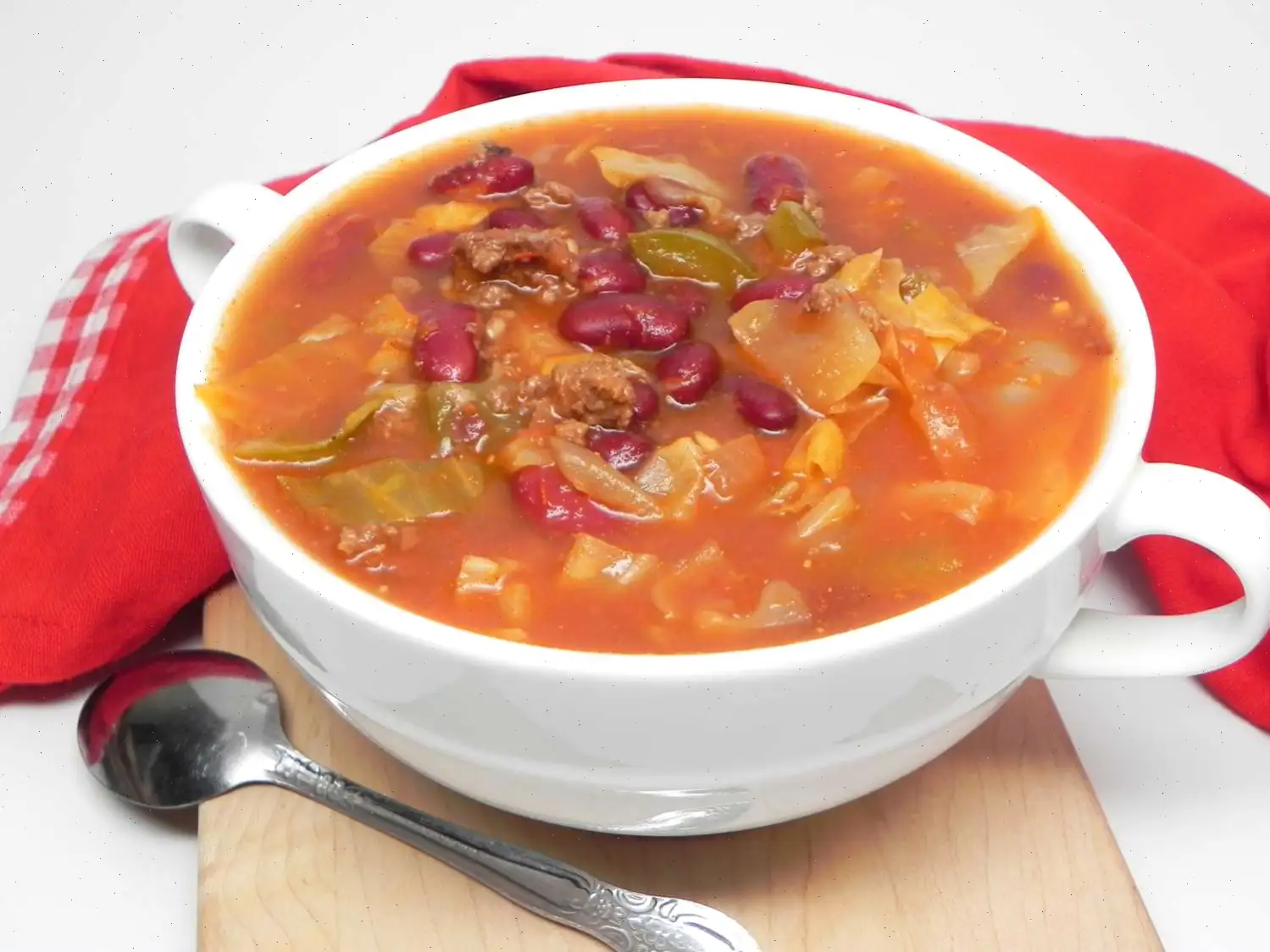
Lobster-Vanilla Bean Bisque Recipe
This recipe was originally created for six servings. Ingredient amounts can be scaled, but keep in mind that cooking times and preparation steps remain the same, and scaling may not always be precise.
Ingredients
- 6 cups water
- 4 sprigs fresh tarragon, plus extra for garnish (or 1 teaspoon dried tarragon)
- 3 sprigs fresh thyme, plus extra for garnish (or 1/2 teaspoon dried thyme)
- 1 bay leaf
- 1 teaspoon salt
- 4 lobster tails (4 to 6 oz each), fresh or thawed if frozen
- 1/4 cup butter
- 1 onion, chopped
- 3 carrots, chopped
- 2 celery stalks, chopped
- 3 cloves garlic, minced
- 3 tablespoons flour
- 1/4 cup dry white wine (such as Pinot Grigio)
- 2 tablespoons tomato paste
- 1 cup half-and-half
- 1 teaspoon vanilla bean paste or seeds from 1/2 vanilla bean
- 1/8 teaspoon cayenne pepper
Directions
- Fill a large bowl with ice water. In a 6- to 8-quart pot, bring 6 cups of water, tarragon, thyme, bay leaf, and salt to a boil over medium-high heat.
- Add lobster tails, return to a boil, then reduce heat to medium. Simmer until shells turn bright red and meat is tender, about 6 to 10 minutes. Transfer tails to the ice water to stop cooking.
- When cooled, remove the lobster meat from the shells (see Lobster Prep below). Return shells to the pot, cover, and simmer for about 30 minutes to build flavor. The stock may take on a greenish hue from the herbs.
- Coarsely chop lobster meat and refrigerate, covered, until needed (up to 3 days). Strain 4 cups of stock through a fine mesh sieve and discard the solids.
- In the same pot, melt butter over medium heat. Add onion, carrots, and celery, and cook, stirring frequently, until softened, about 10 minutes. Stir in garlic and cook for 1 minute more.
- Sprinkle in flour and mix to coat vegetables. Add wine and tomato paste, stirring until well combined. Pour in the reserved stock and bring to a gentle boil over medium-high heat. Continue stirring for 2 minutes.
- Stir in the lobster meat, half-and-half, vanilla bean paste, and cayenne pepper. Simmer gently until heated through, about 2 minutes.
- Serve hot, garnished with fresh tarragon and thyme.
Lobster Prep
Using kitchen shears, carefully cut lengthwise along the underside of the lobster shell. Gently remove the meat, keeping it as intact as possible.
Nutrition Facts (per serving)
- Calories: 260
- Total Fat: 10g (12%)
- Saturated Fat: 5g (26%)
- Cholesterol: 105mg (35%)
- Sodium: 669mg (29%)
- Total Carbohydrate: 14g (5%)
- Dietary Fiber: 2g (7%)
- Total Sugars: 4g
- Protein: 27g (53%)
- Vitamin C: 9mg (10%)
- Calcium: 101mg (8%)
- Iron: 2mg (12%)
- Potassium: 436mg (9%)
* Percent Daily Values are based on a 2,000-calorie diet. Your daily values may be higher or lower depending on your calorie needs.
The History and Origins of Lobster-Vanilla Bean Bisque
Lobster bisque is a luxurious soup with origins tracing back to 17th-century France. Traditionally, bisque was created as a way to make use of crustaceans that were abundant in coastal regions, particularly lobster, crab, and crayfish. The addition of vanilla bean to the classic lobster bisque is a more modern twist, likely emerging in the late 20th century as chefs began experimenting with subtle sweet notes to complement the natural brininess of shellfish. This combination creates a delicate balance of flavor, enhancing the creamy texture of the soup while adding a fragrant complexity that sets it apart from more traditional bisques.
Regional Variations and Characteristics
While lobster bisque itself is strongly associated with French cuisine, particularly from Brittany and Normandy, variations have emerged in North America, especially in coastal regions such as Maine and Nova Scotia, where lobster is a regional staple. In these areas, chefs often incorporate local herbs such as tarragon and thyme, as well as regional wines for deglazing, adding unique local character. The use of vanilla bean is less common, giving this particular recipe a distinctive aroma and flavor profile that combines French elegance with a subtle North American innovation.
Differences from Similar Dishes
Unlike chowders, which often contain chunky vegetables, potatoes, or seafood, a bisque is characterized by its smooth, creamy texture achieved by pureeing the stock and often incorporating cream or half-and-half. Lobster-Vanilla Bean Bisque stands apart from classic lobster bisque due to the addition of vanilla, which introduces a mild sweetness and aromatic depth. This nuanced sweetness complements the natural sweetness of lobster meat, contrasting with the richer, spicier notes found in some New England-style bisques that rely heavily on paprika or cayenne.
Typical Serving Occasions
Lobster-Vanilla Bean Bisque is often served as an appetizer or a first course at fine dining restaurants, particularly those specializing in seafood. It is also popular at celebratory dinners, such as holiday feasts or elegant dinner parties, due to its sophisticated presentation and luxurious flavor. In upscale settings, it may be garnished with fresh herbs, a drizzle of cream, or small lobster chunks, creating an elegant visual appeal that matches its refined taste.
Interesting Facts
- The term bisque originally referred to a sauce made from pureed crustaceans, which later evolved into a soup.
- The use of vanilla in savory dishes is uncommon, making Lobster-Vanilla Bean Bisque a rare fusion of sweet and savory culinary traditions.
- In professional kitchens, lobster shells are often roasted or simmered to maximize flavor in the stock, which is then strained to achieve the bisques signature smooth texture.
- Lobster bisque has historically been a dish that demonstrated a chefs skill, as achieving a velvety consistency without curdling the cream requires precise technique.
- Modern interpretations of the bisque, such as this recipe, show how classic French cuisine continues to evolve with creative flavor combinations while retaining traditional techniques.



